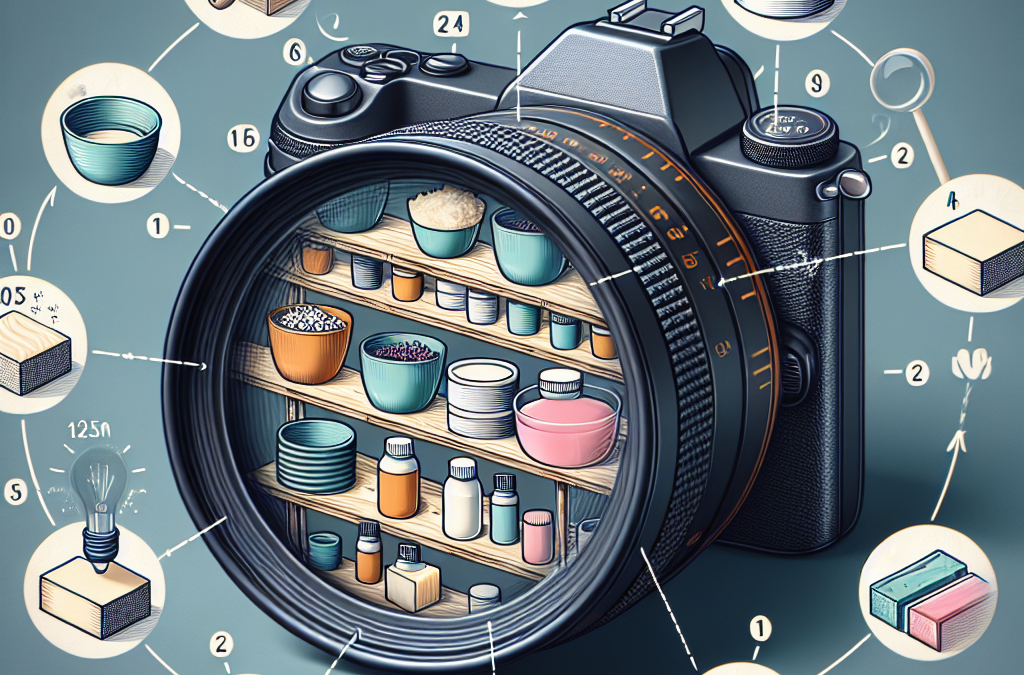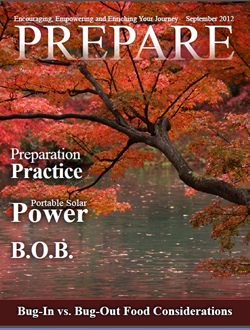Gathering Your Supplies
Choosing the Right Ingredients
When I first ventured into soap making, I was overwhelmed by the variety available. The first step is definitely picking out the right base. You’ll usually choose between a melt-and-pour base or making it from scratch using lye. For newbies, I recommend melt-and-pour—it’s less intimidating and still gives fabulous results!
Don’t forget to think about your additives—fragrance oils, essential oils, colorants, and exfoliants. Each of these can totally change the game in terms of looks and scent, allowing your soap to reflect your own unique vibe and personality.
Lastly, make sure to have some sturdy containers handy for mixing, pouring, and setting your soap. Old yogurt containers work great, or you can invest in some silicone molds that will make removing the soap a breeze!
Safety First!
Soap making can be fun, but it’s also super important to prioritize safety! Wearing gloves and goggles might not make you look cool, but safety is key, especially when you’re working with lye.
Always work in a well-ventilated area! I cannot stress this enough. The fumes from lye can be quite intense for the uninitiated, so keeping those windows open or using a fan is a smart move.
Finally, storing your materials safely is crucial. Lye, in particular, should be kept away from children and pets, so make sure your workspace is secure and organized.
Measuring and Weighing Ingredients
Getting the measurements right is superhero level important when it comes to soap making. Trust me, I’ve had my fair share of messy mishaps. Always use a digital scale for precise measurements—don’t eyeball it!
I like to prep everything in advance, so I lay out all my ingredients and tools before I start. That way, I’m not frantically searching for things once the fun begins. It’s a game changer that makes for a smoother process!
Also, be patient. Each ingredient matters, and taking the time to measure correctly will yield better results and a more enjoyable soap-making experience. Who wants to deal with soap that didn’t set right because they rushed it?
Creating Your Soap Mixture
Melting the Soap Base
Now, onto the fun part—melting the soap! If you’ve chosen a melt-and-pour base, chop it into cubes and microwave it in short bursts. I typically go for 30-second intervals, stirring in between.
The key is to melt it gently without overheating; it can get a bit funky if too hot, and nobody wants that! Also, be sure not to let it boil—bubbles can mess with the texture and clarity of your soap.
Once it’s fully melted and smooth, this is where you can add your fragrance and color! There’s something incredibly satisfying about seeing your soap transformation as you mix in these delightful extras.
Adding Fragrances and Other Additives
Here’s where the magic really happens! I love experimenting with different fragrance oils. A good rule of thumb is 1 ounce of fragrance per pound of melted base. That will give you a nice, fragrant bar that isn’t overwhelming.
If you’re feeling adventurous, try adding natural colorants like turmeric or beet powder. It’s amazing how just a dash can brighten your soap color. It’s like a little culinary experiment right in your kitchen!
Depending on your mood, you can also toss in some exfoliants like oatmeal or ground coffee. Not only do they add an interesting texture to your soap, but they also give skin a gentle scrub when you wash with them.
Pouring into Molds
Once everything is mixed up beautifully, it’s time for the pouring process! Carefully pour your mixture into the molds without spilling. You’ll want to fill them to the top but leave a little room for any additives that may float.
I always use a spray bottle with rubbing alcohol to lightly mist the tops of my soap once poured. This helps remove any bubbles that form on the surface. It’s a small trick, but it makes for a smooth, professional-looking finish.
Let your soap sit in the molds until it fully hardens—this can take anywhere from a few hours to overnight, depending on the size of your bars. Be patient; it’s totally worth the wait!
Cutting and Curing Your Soap
Removing from Molds
Yay, it’s time to pop those beauties out of the molds! If you used silicone molds, this process is usually a breeze. Just gently flex the sides, and your soap should slide right out.
However, if you used harder materials, you might need a little extra coaxing. Don’t be shy; use a butter knife to gently pry around the edges. Just be careful not to scratch your molds!
Once they are out, I like to let them cure on a rack for a short while to allow airflow around all sides for a couple of hours. This isn’t strictly necessary for melt-and-pour soaps, but I find it helps with the finish.
Curing Time and Storage
Your soap may look ready, but letting it cure for a day or two can improve its texture and longevity. Place them in a cool, dry area that isn’t in direct sunlight. This will help preserve both the color and fragrance.
Storing your soap is just as important; wrap them in paper or keep them in a cool, dry place to prevent them from sweating. If you’re impatient (as I often am), just keep one bar aside for immediate use!
While they cure, don’t forget to label your creations with names! This is part of the fun and makes for great gifting opportunities, so go ahead and get creative with that as well.
Enjoying and Gifting Your Soap
Testing Your Creation
Finally, we’ve made it to the best part—using your homemade soap! The first time I tried it, I was over the moon. The scent, the lather—it was like a mini spa experience right at home.
When testing your soap for the first time, check how it feels on your skin. Each batch will be a little different, depending on what you’ve added. It’s exciting to discover your preferences!
Don’t be shy about making notes on what you loved or what you’d change for next time. This is how you refine your craft, and every bit of feedback will help you in future adventures!
Preparing for Gift Giving
So, you’ve tested your creation and it’s a success! Now you might want to think about gifting it. Homemade soap makes for a heartfelt gift, and packaging it nicely makes it all the more special.
Wrapping your soap in pretty papers or even fabric can make it pop. Personally, I love using jute twine or ribbons to tie it all together. It gives that rustic, homemade feel while still looking polished.
Don’t forget to include little labels that describe the scent and any special ingredients you’ve used. Friends and family will totally appreciate the personal touch, making it a memorable gift.
Exploring More Soap Making Techniques
Once you get the hang of the basics, you might feel inspired to try more advanced techniques, like cold process soap making. It’s a bit more challenging, but the results can be incredibly rewarding!
Think about branching out with different molds or design techniques, such as layering colors or embedding unique items, like dried flowers. There’s a whole world of creativity you can explore within soap making.
And remember, the journey is part of the fun! Don’t hesitate to join online communities or local classes to share tips and tricks with fellow soap enthusiasts. It’s a great way to keep the inspiration flowing!
Frequently Asked Questions
1. Is it safe to make soap at home?
Absolutely! As long as you follow safety precautions, such as wearing gloves and goggles when working with lye, making soap at home can be a fun and safe activity.
2. Can I customize my soap with different scents?
Definitely! Customizing your soap with various fragrance oils or essential oils is one of the best parts of soap making. You can tailor it to your liking!
3. How long does homemade soap last?
Homemade soap can last for several months if stored properly in a cool, dry place. Just be sure to keep it wrapped to avoid moisture loss.
4. What is the difference between melt-and-pour and cold process soap?
Melt-and-pour is great for beginners and involves melting a pre-made base. Cold process requires mixing lye and oils from scratch but can give a more customized end product.
5. Can I use natural ingredients in my soap?
Absolutely! Many people love using natural ingredients like herbs, clays, and essential oils to enhance their soap’s properties while keeping it chemical-free.





